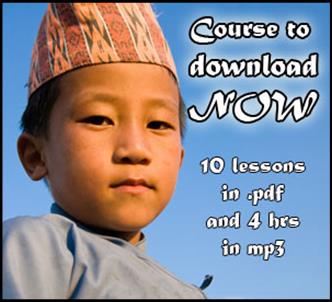|
Teej Festival - Holiday of Nepal Teej festival holds a significant place in the religious, cultural, social and climatic life of Indians. Teej festival also provides strength to the bond of marital life. Teej Festival Time of Celebration: July-August Celebrated: In and around Rajasthan Duration of Celebration: One to two days Teej Festival is one of the most popular festivals of India. Teej Festival of Jaipur is noticeable by a huge procession taken out in the city. Teej Festival is also known as the "Festival of Swings" as women tie swings on the branches of trees and enjoy swinging on them. Teej festival is celebrated in the honour of the Lord Shiva and Goddess Parvati, and marks the day as their reunion after a penance of hundred years. Teej festival signifies the beginning of the Sawan (the months of monsoon). Teej Festival marks the inauguration of the festive season in Rajasthan.
Teej Festival of Jaipur is perceptible by an enormous cavalcade carrying the idol of Teej ornamented with jewelry and finery and the beautifully decorated markets. Teej festival is dedicated to the re-union of Goddess Parvati with Lord Shiva. Teej festival is celebrated with much enthusiasm. Teej Festival is celebrated with great enthusiasm and thrill. Teej festivalTeej is a Hindu’s festival celebrated by women.
The Teej festival is a Hindu festival celebrated by women of Nepal. The festival happens in August and September each year. This festival brings the married women pray to Shiva for the welfare of their husbands, while unmarried women pray to meet a good husband.
2nd day of the festival: The next day against is very different. The women do not eat water. The tradition is said n'avalent that not even their own saliva. The second day is one of the most colorful of the year, and women usually wear a bright red sari. Some even wear the sari they had at their wedding. It is very nice to see the procession of the women on the road from Pashupatinath in Kathmandu. Women will pay homage to Shiva and goddess Parvati. Last day of the festival: The last day of Teej is called Rishi Panchami. The women then provide the food blessed by the Gods to their husbands. Finally, the women go along the river for a ritual purification. This purification allows one to forgive the sins and bad deeds of the previous years. |


|
Learn Nepali now |
|
> Quick and safe payment (https) > Useful vocabulary > 4 hours of audio material in .mp3 > Focus on travel > Perfect for independent traveler
> More than 4250 downloads since 2012
29 € today Normally 55 €
|
|
Quick & Safe payment
Download link sent to your email
The best way to enjoy Nepal
info@himalaya-nepal.com |